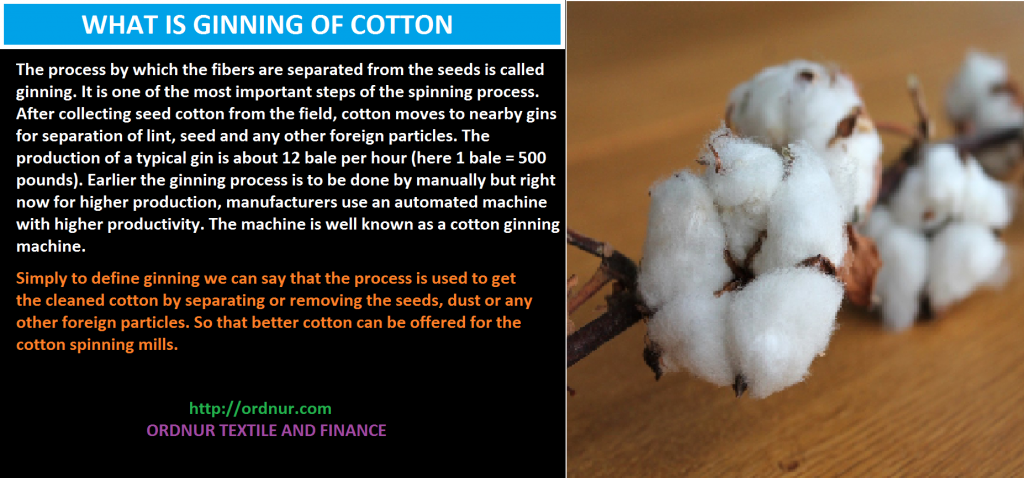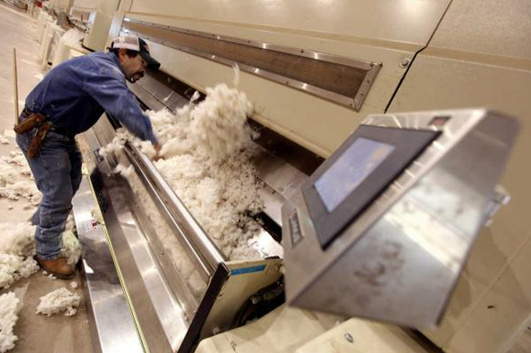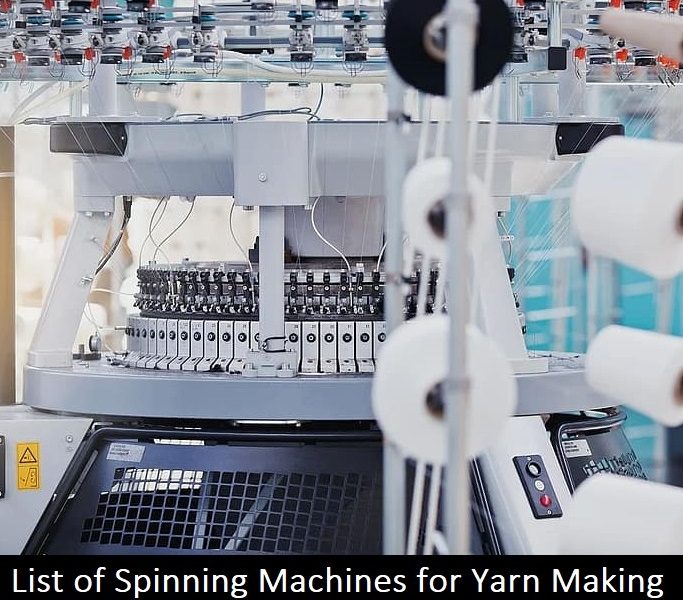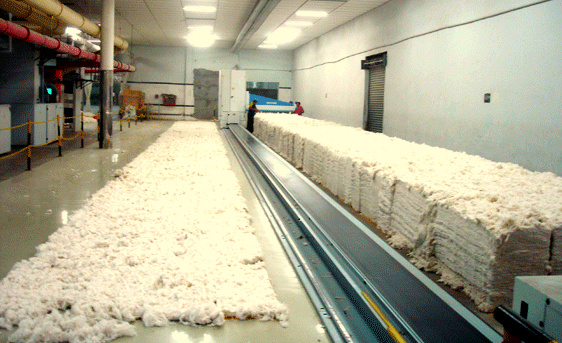Overview of Ginning
What is Ginning? To answer the question what is ginning? I would say, the process by which the fibers are separated from the seeds is called ginning. Humans using cloth for the last seven thousand years. From the beginning, the cotton fiber is manually processed by hand until the 18th century. After the invention of the automatic ginning machine, the process becomes so easy.. Here we will discuss Ginning, Cotton Ginning, Process, Types, and Objectives.
It is one of the most important steps of the spinning process. After collecting seed cotton from the field, cotton moves to nearby gins for separation of lint, seed and any other foreign particles. The production of a typical gin is about 12 bale per hour (here 1 bale = 500 pounds). Earlier the ginning process was manual but right now for higher production, manufacturers use an automated machine with higher productivity. The machine is well known as a cotton ginning machine.

Simply to define ginning we can say that the process is used to get the cleaned cotton by separating or removing the seeds, dust or any other foreign particles. So that better cotton can be offered for the cotton spinning mills.
Objects of Ginning
- Make the fiber-free from seeds without gin-cut fiber.
- Ensure the best quality of cotton and get the fair price of cotton in the market.
- To be confident that fiber does not contain excess and unexpected seeds or any other particles.
- To make the spinning process easier and effective
Cotton Ginning Process
- At first, the cotton will go through dryers to reduce moisture content.
- Then the cotton is to go through cleaning equipment to remove foreign particles or materials.
- The cotton is then sent to the air conveyed to gin stands where revolving circular saws pull the lint from the saw teeth by air blasts or by rotating brushes.
- Then the cotton will compress into 500 pounds weigh contained bales.
- Then the bales of cotton are shipped to the textile spinning mill for further processes.
- A quality control team will monitor the overall process to ensure quality.

Modern Cotton Ginning Process
In an automatic ginning process of cotton, a modern machine is preferable. Before cotton arrives at the spinning mill to spin into thread and woven into the fabric, it makes the journey from field to bale. Cotton needs about five months to grow from a planted seed to a ready plant.
- The harvesting machine named cotton picker plucks fluffy seed cotton out of the plant’s boll and leaves a trail of burrs and sticks behind.
- The machine empties the pulled cotton into a tractor-drawn buggy.
- The machine builds the seed cotton into a humongous rectangular block called a module.
A truck transports the module to the processing plant, which is known as a cotton gin. Once the cotton arrives at the processing plant, sticks and burrs are removed as well as any lingering debris and seeds. A truck dumps the module into a feeder, which moves the packed seed cotton into a dispenser.
The ground seed cotton falls onto a conveyor belt, which leads to the hot box, then the hotbox mixes the seed cotton with hot air, which allows the moisture to evaporate, making the seed cotton easier to clean.
Core Machine Used in Ginning
- A machine called the Wad Buster breaks up the clumps of seed cotton by tossing it against a screen. Loose remains fall through the screen openings down a narrow chute.
- Then the seed cotton moves through a machine called the steady flow, which divides it equally between two processing lines.
- On each line, the seed cotton enters a Burr Machine, which grabs the seed cotton with a circular saw and swings it against metal bars
The centrifugal force shakes off the heavier debris. The seed cotton passes the machine through one pipe and the debris through another. A large auger transfers the debris to a waste drop and out of the plant. Then the seed cotton is ready for the final step of processing.
A network of pipes feeds a row of machines called Gin Stands. The gin stand separates the seed from the fluffy stuff, called the lint. Each stand will arrange horizontally and separated by a steel rib. The saw teeth grab the seed cotton and pull the lint through the narrow gap between saw and rib. The seeds are too large to pass through, so it spins in front of the rib, then drops into a conveyor. The lint goes into a flue, which leads to the packaging area. And then use this cotton in the spinning mill to make the thread.
Types of Cotton Ginning
There are two basic types of Ginning you may find. These are:
- Saw Ginning
- Roller Ginning
Saw Ginning of Cotton
Saw ginning provides more clean cotton compared with manual or handheld separation process of seed from cotton.
Advantage of Cotton Saw Ginning
- Saw ginned cotton is more uniform
- Cotton is more clean than usual.
The Disadvantage of Cotton Saw Ginning
- Possibility of fiber breakage due to draw up the fiber from the surface of the seed.
- Increase neps
- Increase short fiber content
Roller Ginning of Cotton
Modern ginning is automatic ginning where productivity is maximized. For industrial purposes, this type of ginning technology is more preferable.
Advantage of Roller Ginning of Cotton
- Saw ginning ensures the quality of fiber is better which is better than the other process.
- High production because of the use of advanced technology in the ginning process.
The Disadvantage of Roller Ginning of Cotton
- The moisture of seed mixes up with fiber in processing which causes cake cotton fault.
Faults in Ginning Process of Cotton
- Gin-cut fiber
- Crushed seeds
- Neps formation
- Too much wastage
Written by
Engineer Sheikh Nurja
Md. Nahian Mahmud Shaikat



tnx
Welcome … Mr. Ripon
Best platform to knowledge about everything of Cotton Gining……
Such a wonderful explanation…… in easy way…..
Cover all topics.
Great knowledge dissemination on cotton ginning! thank you.